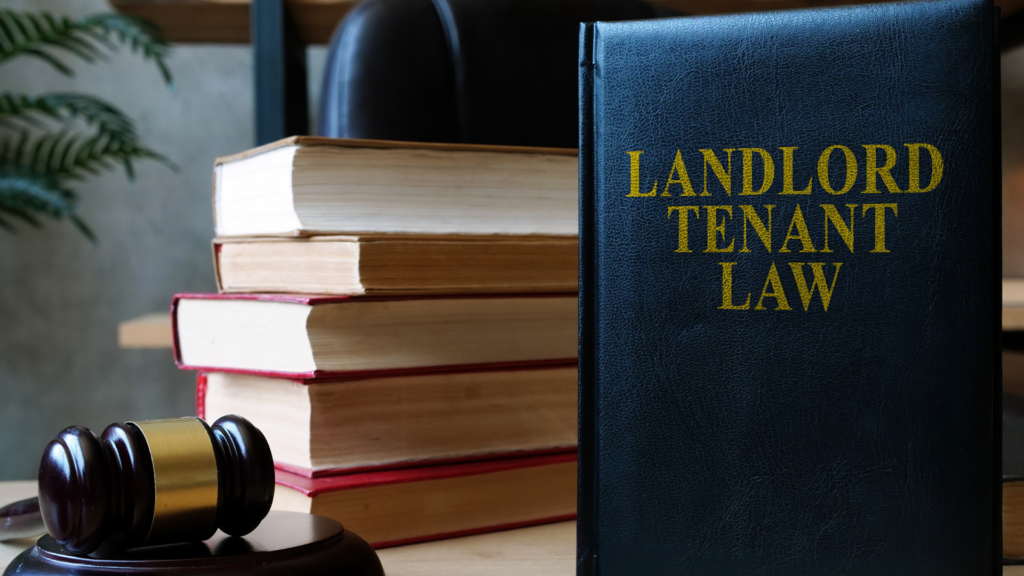
Understanding No-Fault Evictions in Los Angeles: A Comprehensive Guide
When it comes to landlord-tenant law, one crucial aspect that both landlords and tenants should be familiar with is the concept of no-fault evictions. In Los Angeles, no-fault evictions have become a significant topic of discussion due to their impact on tenants’ housing security. This blog post aims to provide a comprehensive guide to understanding no-fault evictions in Los Angeles, outlining the key aspects, implications, and tenant protections associated with this type of eviction.
What is a No-Fault Eviction?
A no-fault eviction, also known as a “no-cause” eviction, refers to the legal process by which a landlord can terminate a tenancy without stating a specific reason related to the tenant’s conduct or actions. Unlike evictions based on tenant misconduct or violations of lease terms, no-fault evictions allow landlords to regain possession of their property for reasons not directly attributed to the tenant.
Types of No-Fault Evictions:
In Los Angeles, several situations can lead to a no-fault eviction. The most common scenarios include:
a) Owner Move-In: Landlords can evict tenants if they or their family members plan to move into the rental property as their primary residence.
b) Ellis Act: As discussed in a previous blog post, the Ellis Act permits landlords to evict tenants when they decide to withdraw their rental property from the market entirely.
c) Demolition or Substantial Rehabilitation: Landlords may evict tenants if they intend to demolish the property or undertake substantial renovations that require the units to be vacant.
Tenant Protections:
While no-fault evictions provide landlords with the right to terminate tenancies without cause, tenants in Los Angeles are entitled to certain protections under local laws:
a) Relocation Assistance: In many cases of no-fault evictions, landlords are required to provide tenants with relocation assistance, which can include monetary compensation to help cover moving expenses.
b) Notice Requirements: Landlords must provide tenants with written notices, specifying the reason for eviction and the date by which the tenant must vacate the premises. The notice periods vary depending on the circumstances and are typically longer for long-term tenants.
Challenging a No-Fault Eviction:
Tenants facing a no-fault eviction in Los Angeles have the right to challenge the eviction if they believe their rights have been violated or the eviction is not compliant with local laws. Seeking legal advice and understanding tenant rights is crucial in such situations. Tenants may also explore options for negotiating with the landlord, potentially securing additional time or relocation assistance.
Additional Resources and Support:
Tenants facing no-fault evictions can seek assistance and information from various organizations and resources in Los Angeles. Organizations such as the Los Angeles Housing and Community Investment Department (HCIDLA) and local tenant rights groups can provide guidance and support throughout the eviction process.
No-fault evictions in Los Angeles have significant implications for both landlords and tenants. Understanding the circumstances under which a no-fault eviction can occur, tenant protections, and the resources available is vital for tenants to safeguard their rights and navigate the eviction process effectively. By staying informed and seeking appropriate legal counsel when needed, tenants can better protect themselves in the face of a no-fault eviction and work towards securing stable housing.
